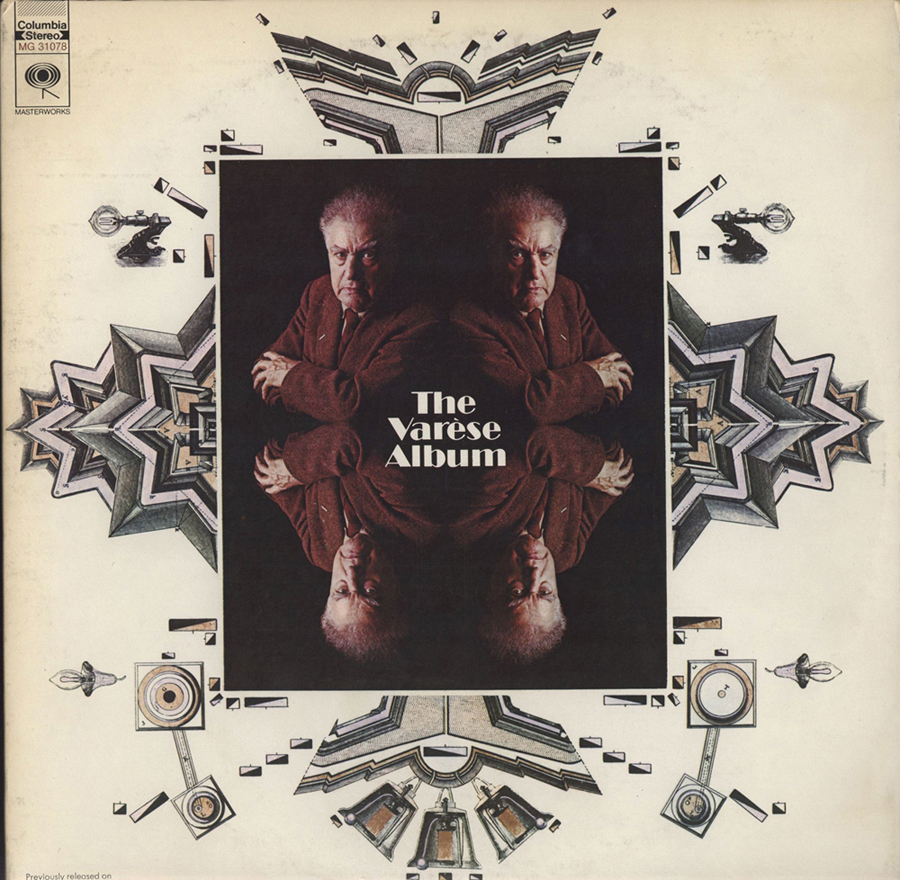 Within American culture in the 1920’s, the audience was not aware of the advancements in music from the past twenty or so years. The concert halls were filled with traditional music that was composed in the 1800’s, during the romantic era. Most of the newer works were the generation of composers who died between 1890 and 1920—composers like Debussy, Rimsky-Korakov, Tchaikovsky, Bruckner, Debussy, etc. Edgard Varese sought to change this by bringing new works to New York.
Within American culture in the 1920’s, the audience was not aware of the advancements in music from the past twenty or so years. The concert halls were filled with traditional music that was composed in the 1800’s, during the romantic era. Most of the newer works were the generation of composers who died between 1890 and 1920—composers like Debussy, Rimsky-Korakov, Tchaikovsky, Bruckner, Debussy, etc. Edgard Varese sought to change this by bringing new works to New York.
Varese became popular very quickly after arriving in New York in 1915. His early conducting gigs gained him some fame within the music community. After that, he founded and became the conductor of the New Symphony Orchestra in 1919. He programmed music that had either never been performed before or had never been performed specifically in America. However, this came to a quick conclusion after two repeat performances. With an audience and musicians that wanted to hear and play standard repertoire, the NSO could no longer exist.
In the 1920’s he shifted his focus to composing and getting new music played through a society. He helped establish the International Composers’ Guild in 1921. Subsequently, the first concert was in February of 1922. The International Composers’ Guild was the first organization dedicated to the performance of contemporary music in America.
During the six-year run of the International Composers’ Guild, Varese had three premiers of his own work. Hyperprism caused a huge uproar from the audience. Some loved it and cheered for an encore, but many hissed at the music and began fighting. While the concerts were mostly a success, attracting between 300 and 1500 people, there were still those who longed for traditional music and resisted change.
Hyperprism includes a large battery of percussion with winds. Here is a sample from Hyperprism:
[audio:http://info.umkc.edu/specialcollections/wp-content/uploads/2014/03/Hyperprism-Clip.mp3|titles=Hyperprism|artists=Edgard Varese]One of his later works in 1931 was Ionisation. While Hyperprism has a large percussion section, this piece is strictly percussion. It is scored for thirteen percussionists playing a total of 37 instruments.
Here is a sample from Ionisation:
[audio:http://info.umkc.edu/specialcollections/wp-content/uploads/2014/03/Ionisation-Clip.mp3|titles=Ionisation.|artists=Edgard Varese]




